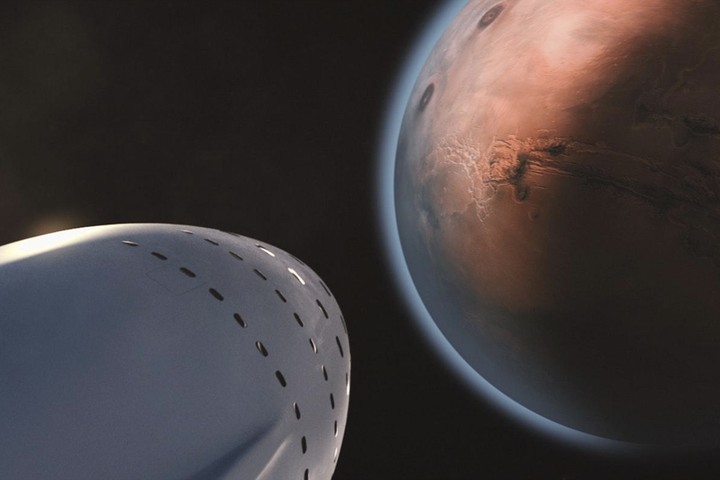
It’s never easy packing for a trip, especially ones that are in remote or isolated places. Backcountry enthusiasts likely understand the amount of planning that’s required to survive multiple days (or weeks) in the remote wilderness as resources are limited to whatever fits in a backpack. Planning a trip to space is sort of like that but on a much larger, more complicated scale. And unlike the backcountry that has certain resources you can rely on for support (like water, vegetation, and oxygen), outer space provides no support whatsoever. Not to mention, the deeper you go into space the more challenging survival becomes.
From Moon To Mars
After decades of research and many successful trips to the Moon, it’s not surprising NASA’s curiosity is leading them to take their scientific discoveries to date and apply them elsewhere - like a Mars Mission. While it might seem straightforward to take research from one planet and apply it to another, there are several additional logistics that need to be pulled off in order to make a mission to Mars a success. This article will cover three of those considerations:
1. Mars Is Far Away
Distance has a dramatic impact on a mission; especially when going from thousands of miles to millions of miles. The average distance between Earth and the Moon is about 238,855 miles (384,400 kilometers), and the trip takes less than a week. On the other hand, a trip from Earth to Mars and back to Earth again is about 300 million miles (480 million kilometers), which is roughly 600 trips to the Moon and back, and could take upwards of 3 years to complete. That's a huge difference! This means the spaceship must have enough supplies and components that work long enough and well enough to get astronauts to Mars and home alive.
2. The Need For Fuel And Propellant
Not only do spaceship materials and systems need to be reliable to make the lengthy trip, but it also needs sufficient energy. One of the best ways to conserve fuel is to make sure the spacecraft is launched at the right time. Mars and Earth orbit the Sun at different speeds and distances. Because of this, the two planets are only in perfect position to get to Mars with the least amount of rocket fuel about every two years, which means timing is crucial. The rocket fuel (also called propellant) is what gives the rocket thrust to get the spaceship off the ground. However, if the mission were to bring all the propellant it required for the entire trip from Earth, the ship would never leave the ground because of its weight. This means the astronauts need to make rocket propellant for the return trip while on Mars. Luckily, some of the ingredients required to produce propellant, like carbon dioxide and water vapour, can be gleaned from the red planet. But turning these into methane and liquid oxygen for rocket propellant requires the help of a mini chemical factory. And as you can imagine, bringing a chemical factory into space comes with its own challenges and safety risks.
3. Ejecting Non-Recyclable Waste
Some of the waste produced aboard a spacecraft cannot be recycled or converted into energy, so the question becomes what to do with it? Storing the waste isn’t a viable option due to space limitations; additionally, the mass of waste accrued over time would begin to impact the fuel supply. Another concern is that non-recyclable waste could pose a risk to the spacecraft and its crew members. One very viable option is a controlled jettison operation. While it might sound easy (and low risk) to drop trash in space given there’s an infinite amount of it, the operation is more complex and risky than one might think. For example, the waste needs to be ejected at a sufficient velocity in order to safely clear the spacecraft, but not require tremendous power or time from the astronauts. These are just some of the considerations. Given the complexity of waste jettison, NASA is turning to open innovation for reliable ejection concepts that will keep astronauts and the spacecraft safe. If the idea of figuring out how to eject waste material into outer space safely and efficiently interests you, be sure to review the Waste Jettison Mechanism Challenge for detailed guidelines. No question that many problems need to be solved in order to get a mission to Mars, which is why it’s so hard, but with your help we can make it possible.








